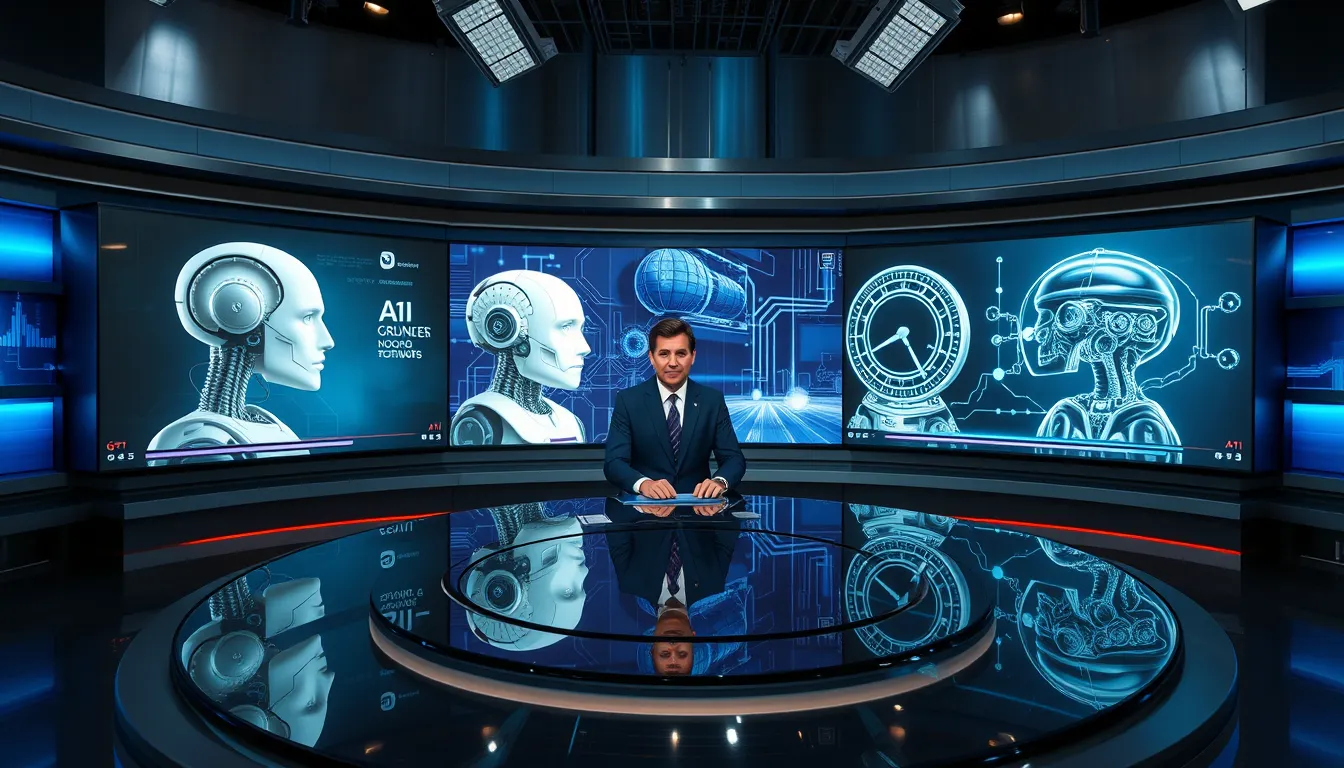Now Reading: OpenAI GPT-5 Update Issues: Fallback to Reliable ChatGPT Models
-
01
OpenAI GPT-5 Update Issues: Fallback to Reliable ChatGPT Models
OpenAI GPT-5 Update Issues: Fallback to Reliable ChatGPT Models

OpenAI GPT-5 Update Issues: Fallback to Reliable ChatGPT Models
OpenAI’s latest update, GPT-5, promised to revolutionize artificial intelligence with cutting-edge features. However, emerging OpenAI GPT-5 update issues have led the company to revert temporarily to its trusted ChatGPT legacy models. This decision isn’t just about mitigating immediate technical glitches—it’s a strategic move aimed at ensuring reliability and continued service excellence. In this article, we explore the challenges of GPT-5, the rationale behind the fallback strategy, and what this means for users and the future of AI innovation.
Overview of the GPT-5 Rollout
The introduction of GPT-5 was met with high expectations given OpenAI’s previous successes. Yet, as the rollout progressed, several OpenAI GPT-5 update issues became apparent. These issues include:
- Inconsistent outputs, causing confusion among end users.
- Slower response times during peak usage periods.
- Integration complications with existing systems.
In response to these problems, OpenAI decided to rely on its older, more stable ChatGPT legacy models. For more information about the company, visit the official OpenAI website.
Technical Challenges in GPT-5
The challenges associated with GPT-5 go beyond mere performance hiccups. A number of complex technical problems were encountered during its deployment. Among the most significant OpenAI GPT-5 update issues are:
- Advanced features that, while innovative, introduced unforeseen complications.
- A steep learning curve for the integration process with current platforms.
- A temporary compromise between innovation and reliability.
Industry experts believe that these challenges underscore a broader lesson about the pace of innovation. As companies push the technological envelope, there is always a risk of encountering issues that affect user experience. This scenario also highlights why fallback strategies, such as returning to dependable legacy models, play an important role in maintaining service quality.
The Strategic Fallback to ChatGPT Legacy Models
The decision to adopt the trusted ChatGPT legacy models during the GPT-5 rollout is both pragmatic and cautionary. OpenAI has a longstanding reputation for reliability, and through this fallback, the company aims to:
- Maintain uninterrupted user experience.
- Secure trust by prioritizing stability over unproven advancements.
- Gain valuable insights to eventually resolve the OpenAI GPT-5 update issues.
The fallback to reliable ChatGPT models is especially significant during critical moments of technical challenges. Users sensitive to delays or inconsistent performance can continue using a platform that has consistently delivered reliable results. For more details on ChatGPT and its capabilities, visit ChatGPT.
Focusing on User Trust and Transparency
Balancing Innovation with Reliability
A key takeaway from the current scenario is the need for balance. On one hand, OpenAI continues to innovate with GPT-5, pushing the boundaries of AI technology. On the other hand, the fallback to ChatGPT legacy models showcases the company’s dedication to reliability and stability, especially in times when technology does not perform as expected. The current situation serves as a reminder that even the most advanced technologies can face setbacks, and having a backup plan is crucial for maintaining service quality and user satisfaction.
Looking Ahead – The Future of AI with OpenAI
While the present relies on older models to mitigate OpenAI GPT-5 update issues, there is significant optimism about the future development of GPT-5. OpenAI has committed to an iterative process—gathering user feedback, conducting rigorous testing, and implementing improvements. The ultimate goal is to deliver a robust AI system that not only matches user expectations in innovation but also stands firm on reliability.
Conclusion
The saga surrounding the OpenAI GPT-5 update issues is a testament to the complex nature of technological advancements. With a fallback to reliable ChatGPT legacy models, OpenAI demonstrates its commitment to quality and user satisfaction. As the company continues to refine its strategies and improve its systems, users can look forward to a future where innovation and reliability go hand in hand. This well-balanced approach not only addresses current technical challenges but also sets a precedent for managing future updates in the dynamic world of artificial intelligence.

























